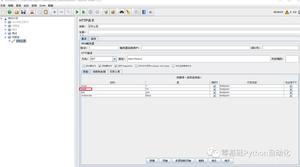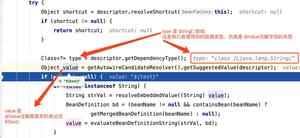在Rust中获取切片或Vec中最大或最小浮点值的索引的惯用方式是什么?
-该Vec<f32>不会 具有任何NaN价值或表现出任何NaN行为。
采取以下示例集:
0.28 0.3102
0.9856
0.3679
0.3697
0.46
0.4311
0.9781
0.9891
0.5052
0.9173
0.932
0.8365
0.5822
0.9981
0.9977
获取上面列表中最大值(值可以为负)的 的最新颖,最稳定的方法是什么?
我最初的尝试是遵循以下思路:
let _tmp = *nets.iter().max_by(|i, j| i.partial_cmp(j).unwrap()).unwrap(); let _i = nets.iter().position(|&element| element == _tmp).unwrap();
哪里nets是&Vec<f32>。在我看来,这显然是不正确的。
等效的Python等效项(考虑了上述假设):
_i = nets.index(max(nets))回答:
我可能会做这样的事情:
fn main() -> Result<(), Box<std::error::Error>> { let samples = vec![
0.28, 0.3102, 0.9856, 0.3679, 0.3697, 0.46, 0.4311, 0.9781, 0.9891, 0.5052, 0.9173, 0.932,
0.8365, 0.5822, 0.9981, 0.9977,
];
// Use enumerate to get the index
let mut iter = samples.iter().enumerate();
// we get the first entry
let init = iter.next().ok_or("Need at least one input")?;
// we process the rest
let result = iter.try_fold(init, |acc, x| {
// return None if x is NaN
let cmp = x.1.partial_cmp(acc.1)?;
// if x is greater the acc
let max = if let std::cmp::Ordering::Greater = cmp {
x
} else {
acc
};
Some(max)
});
println!("{:?}", result);
Ok(())
}
这可以通过在Iterator上添加带有trait的特征来实现try_max_by。
以上是 在Rust中获取切片或Vec中最大或最小浮点值的索引的惯用方式是什么? 的全部内容, 来源链接: utcz.com/qa/430332.html







